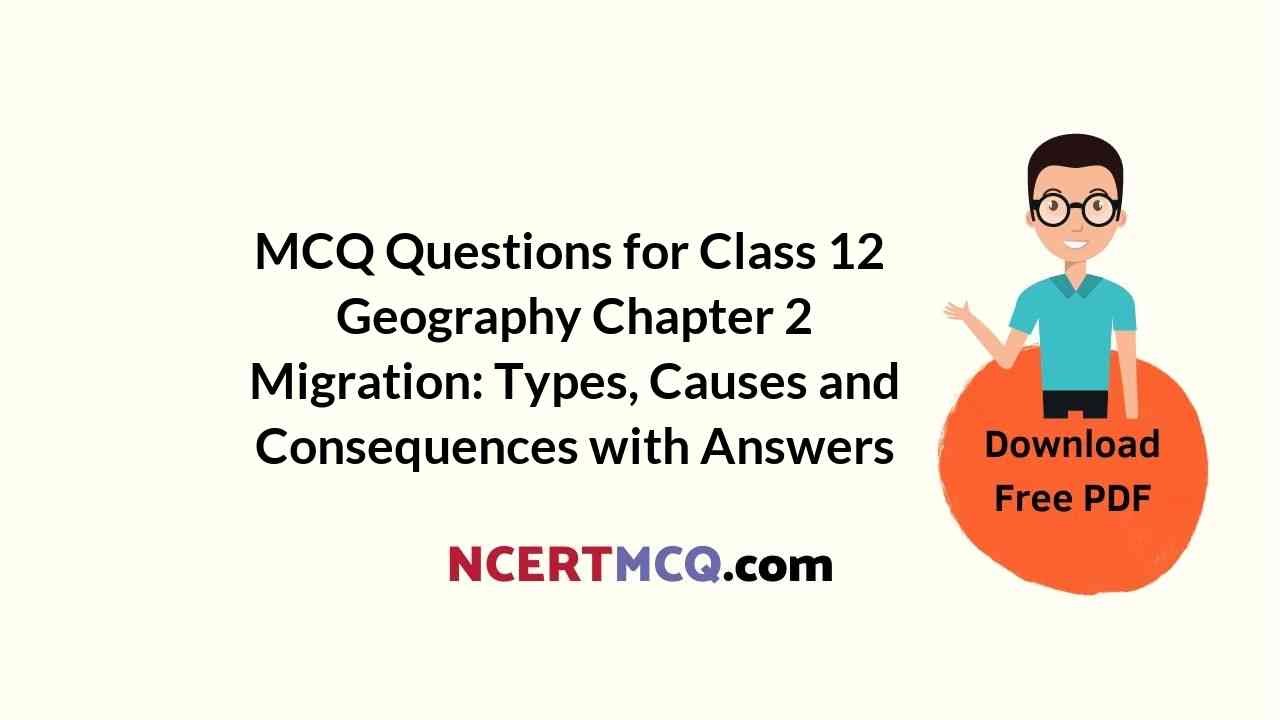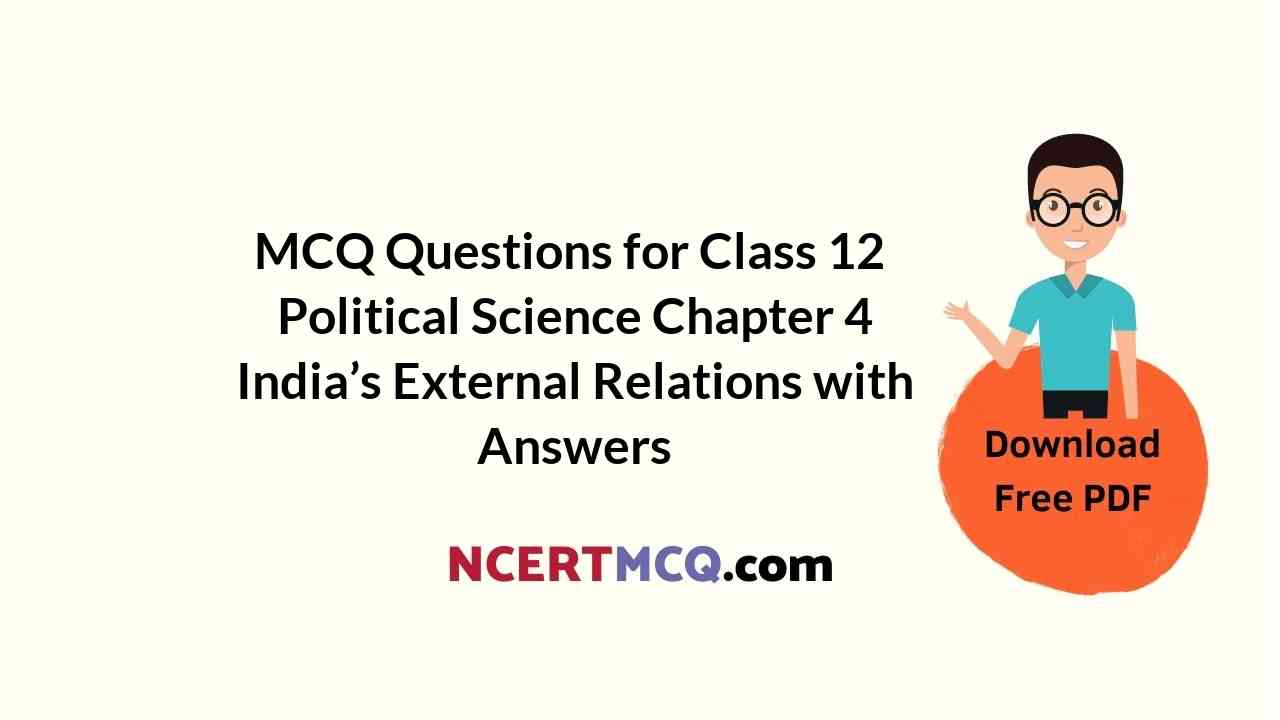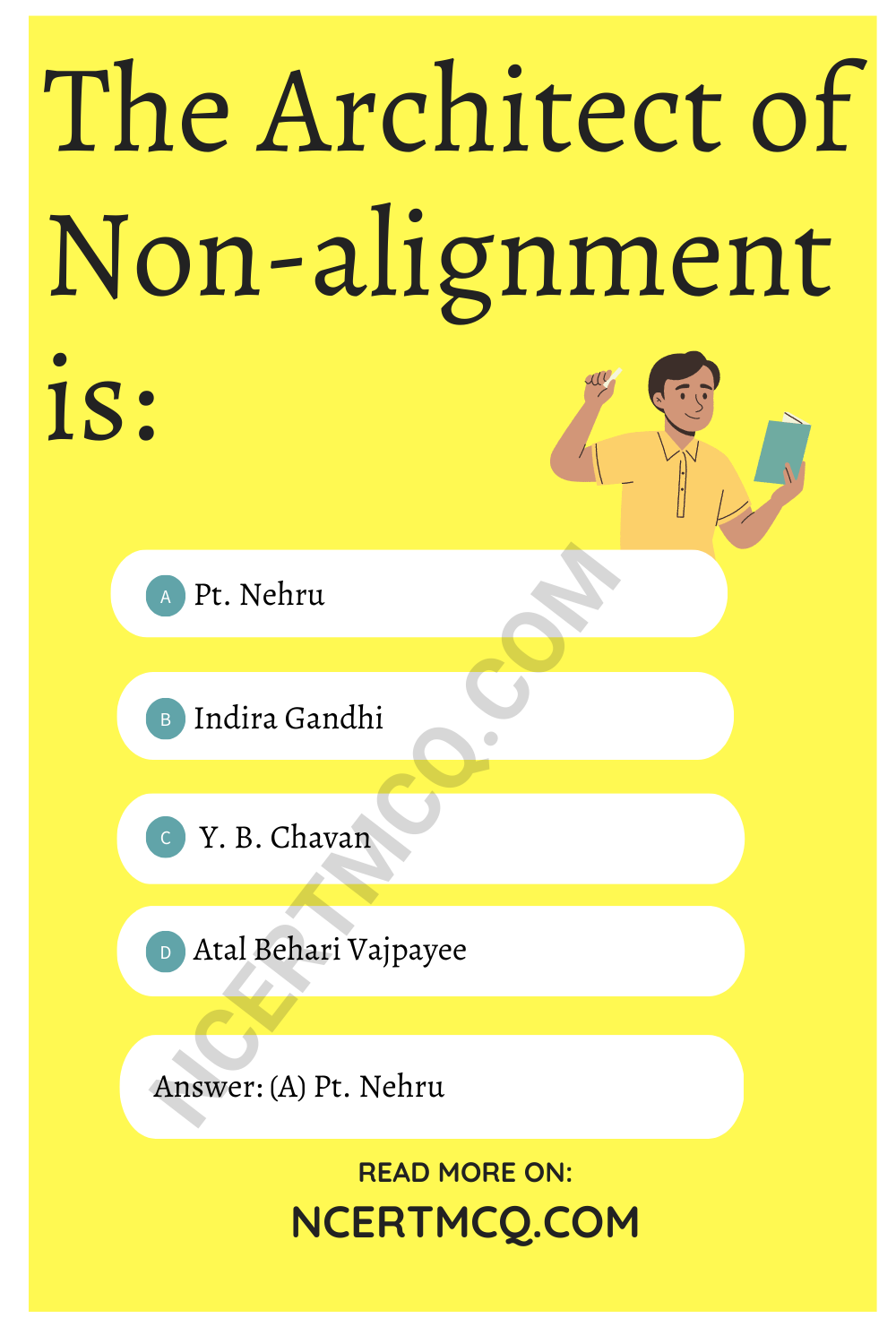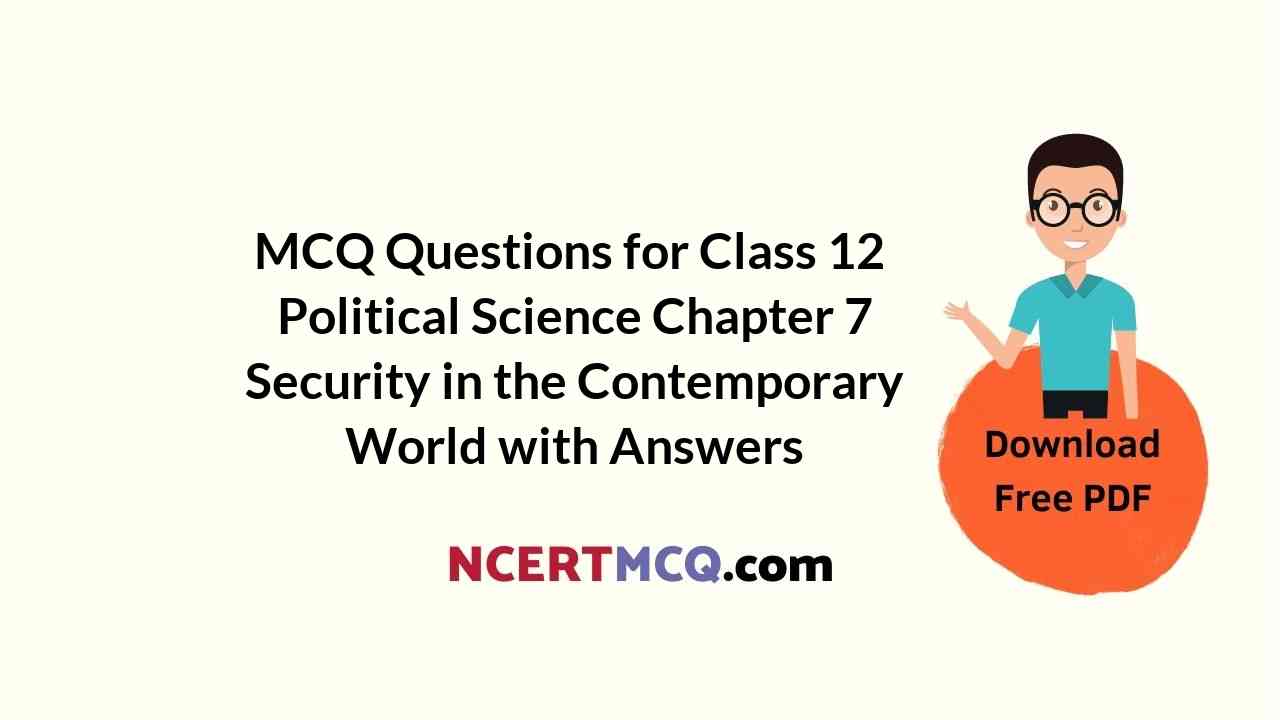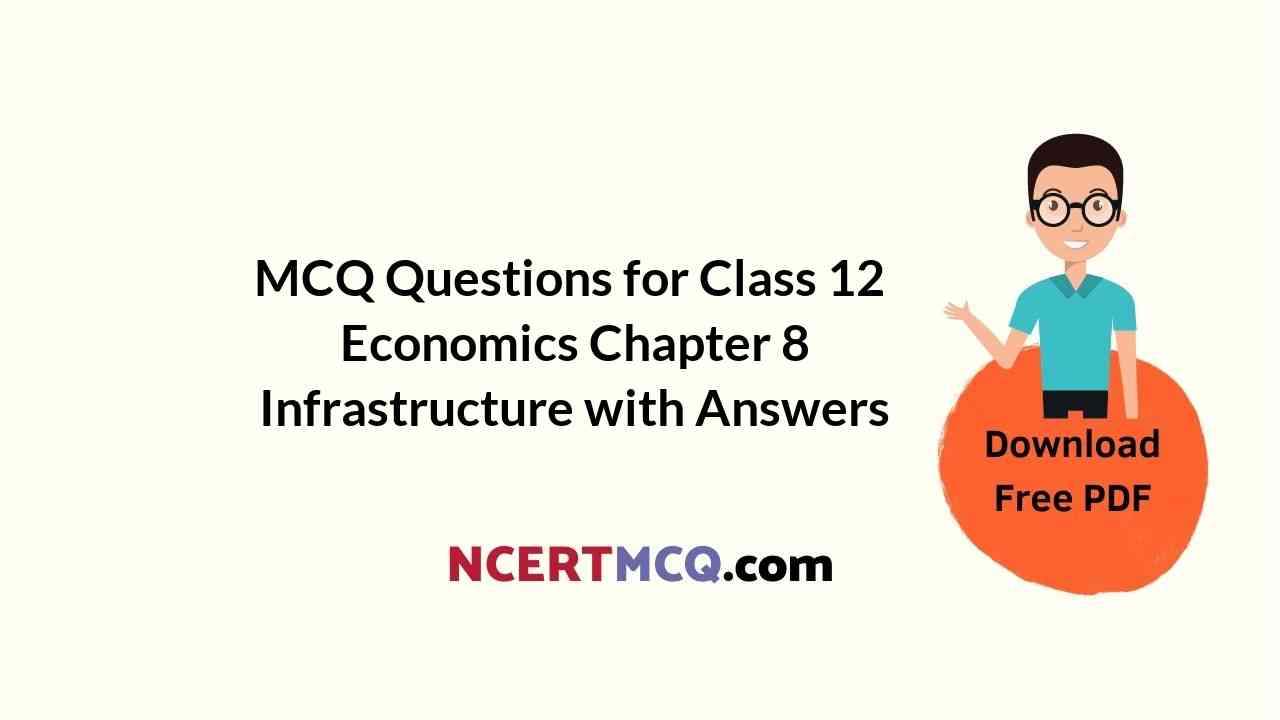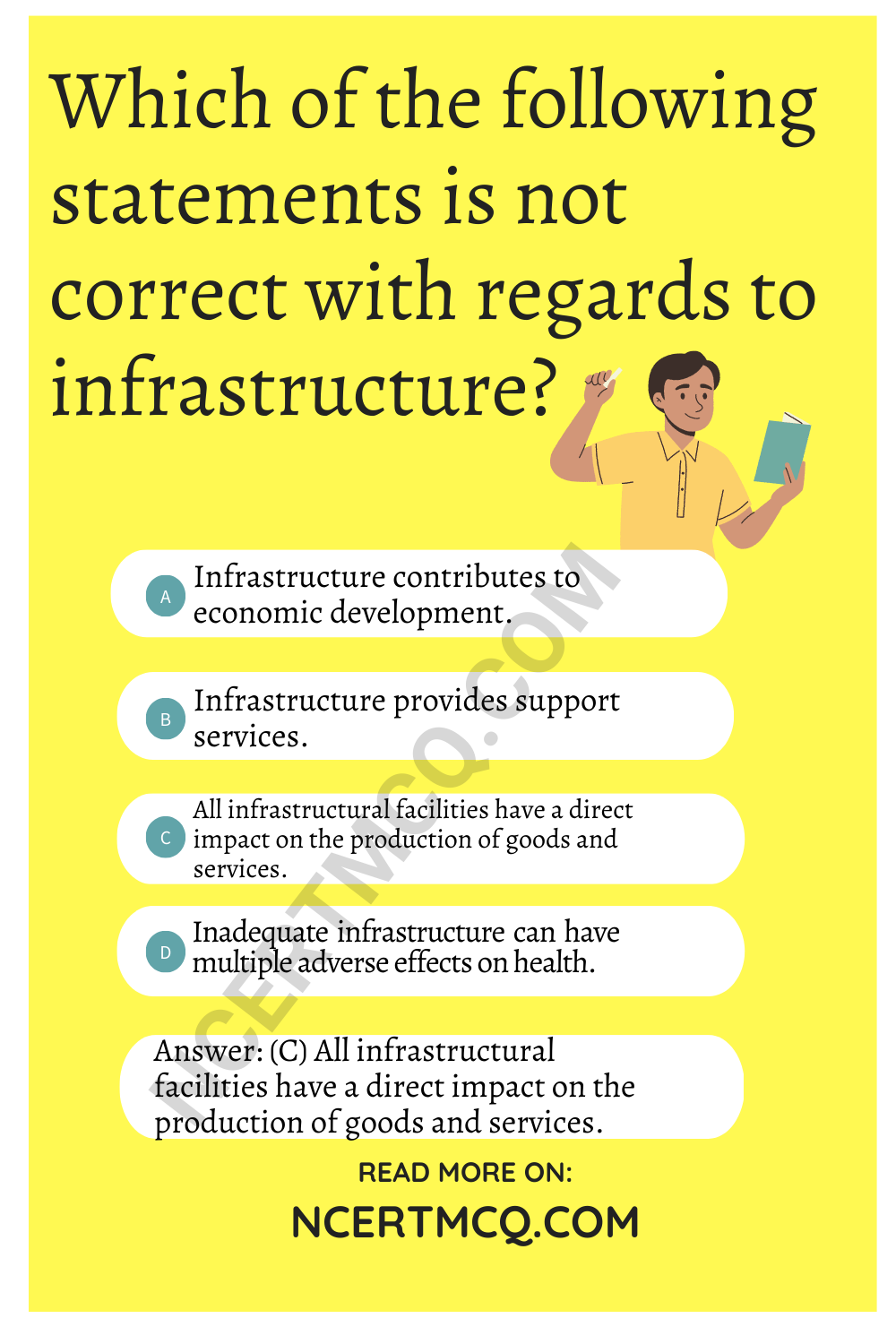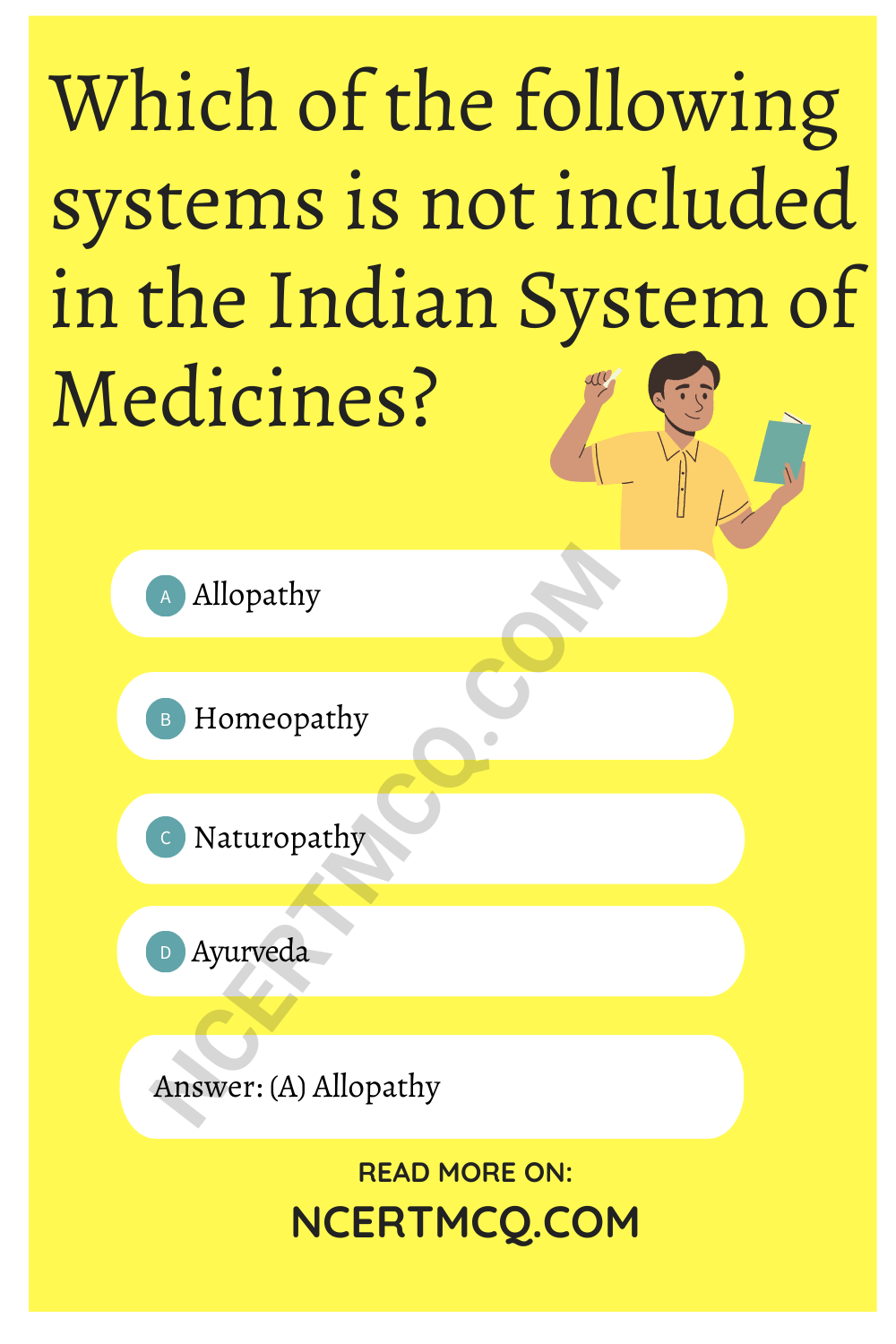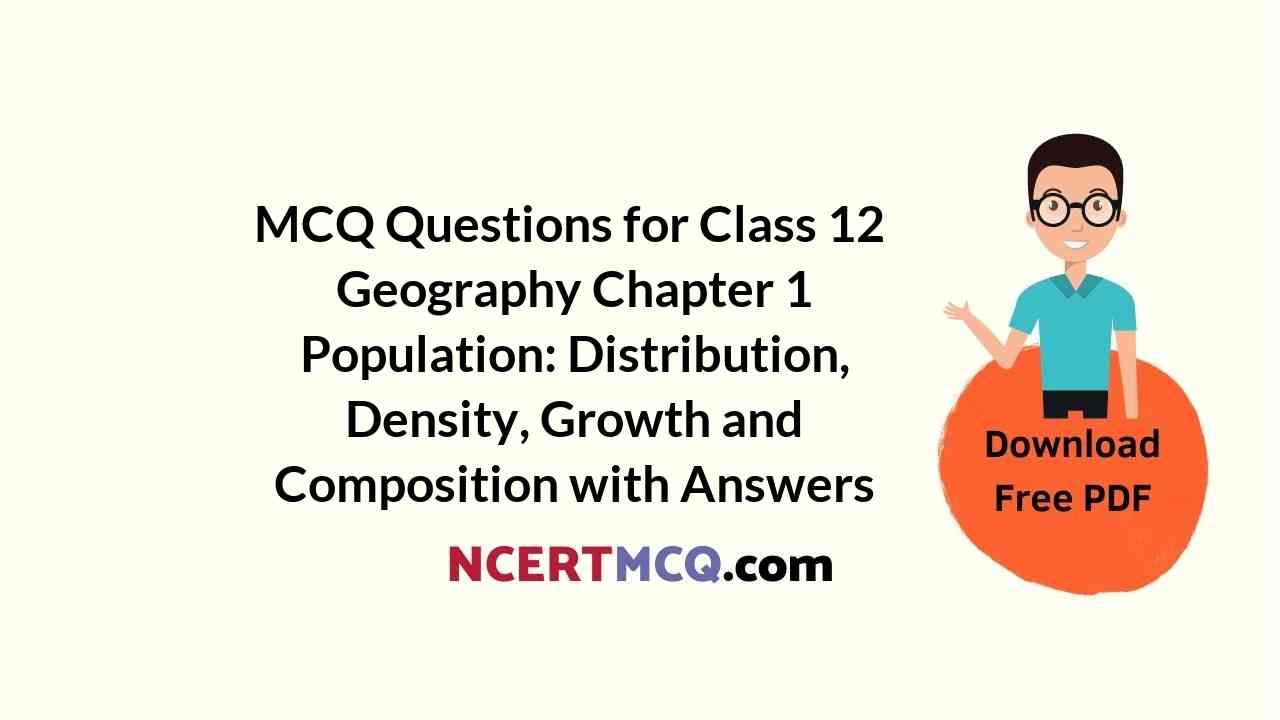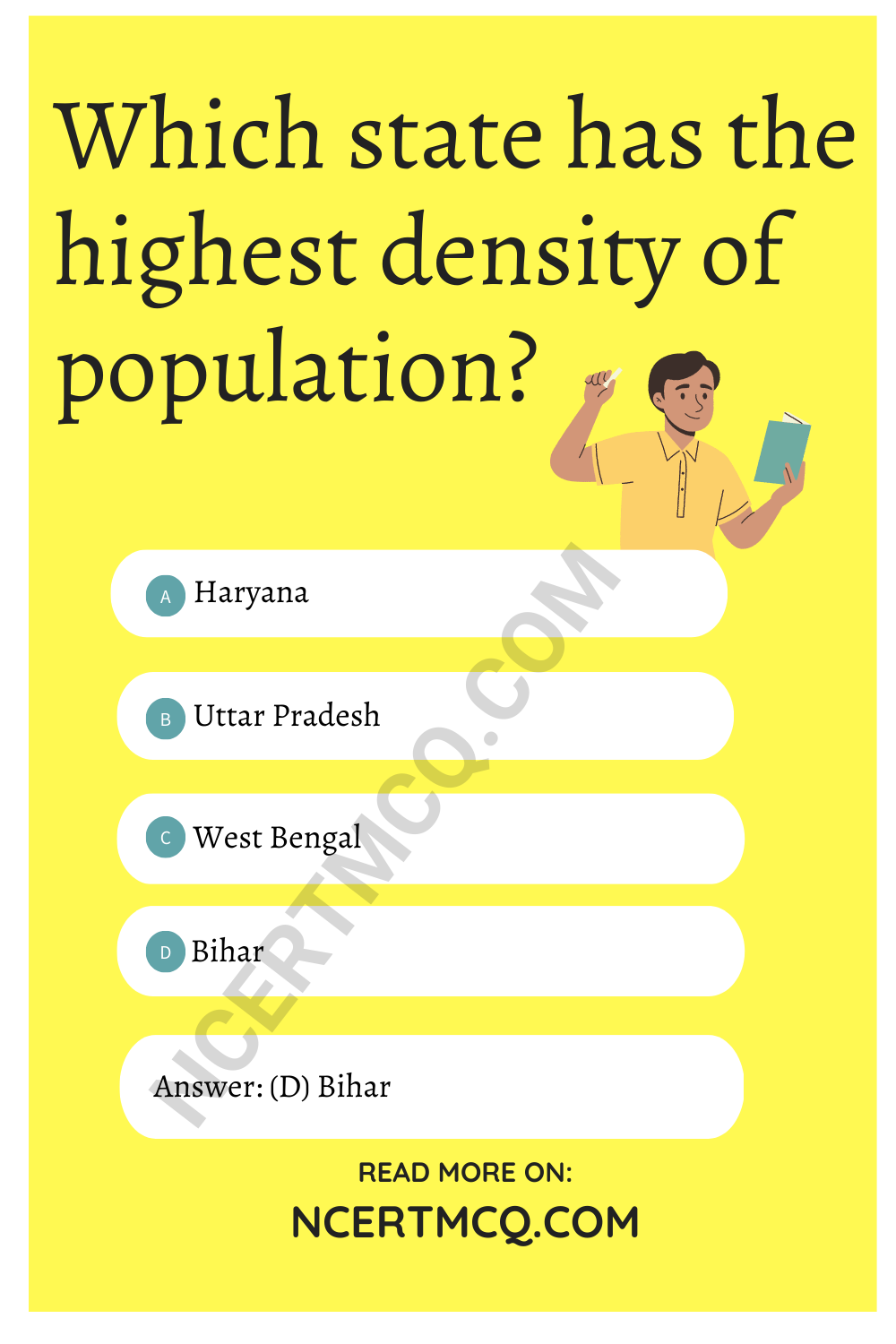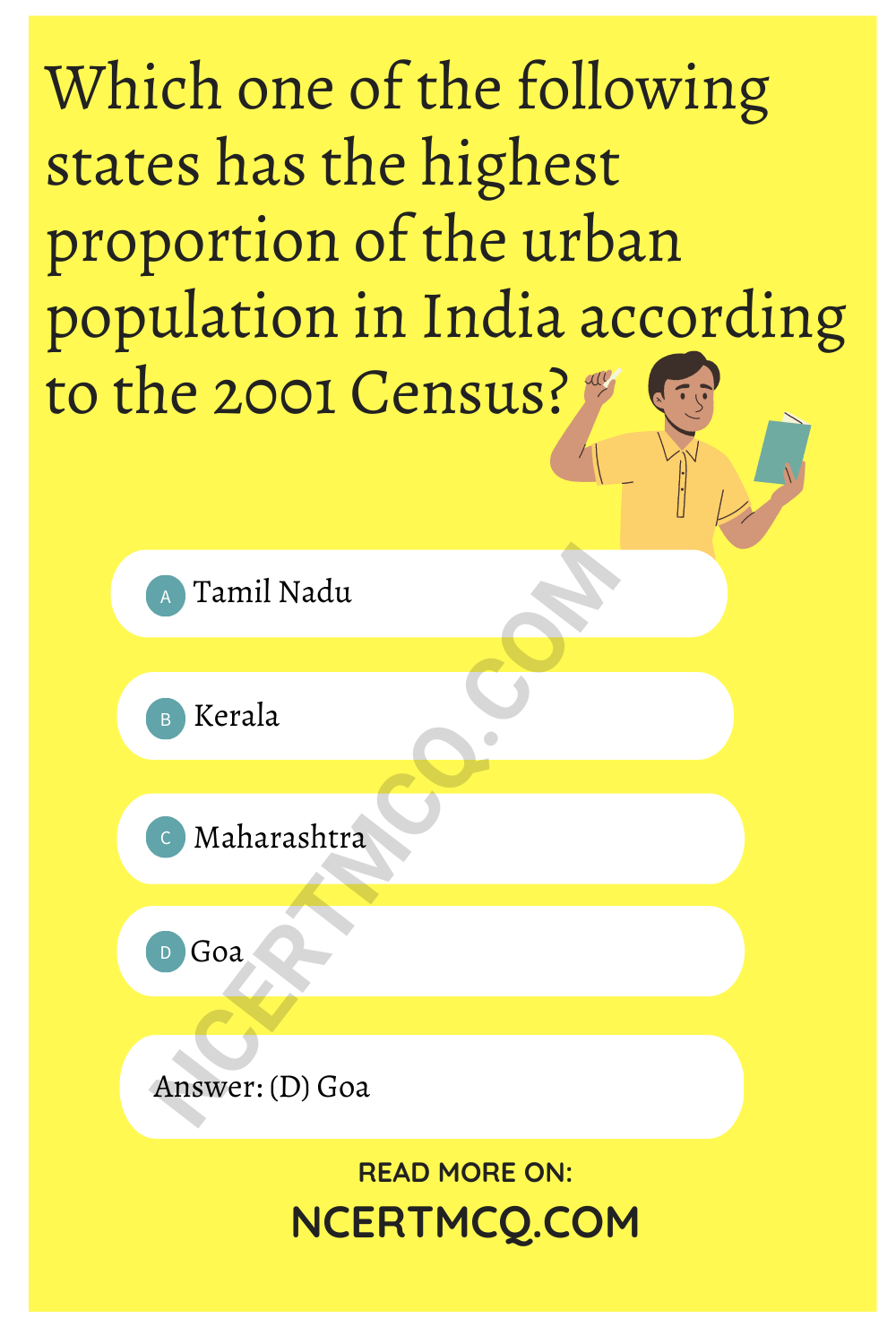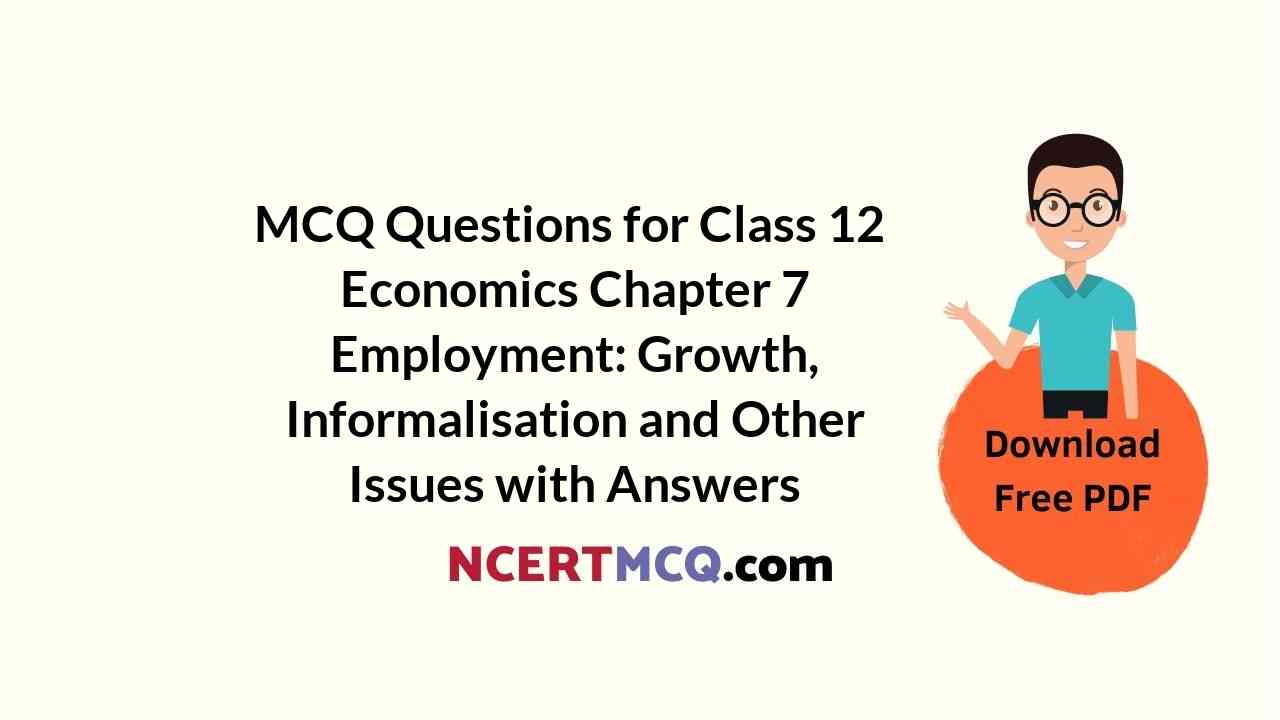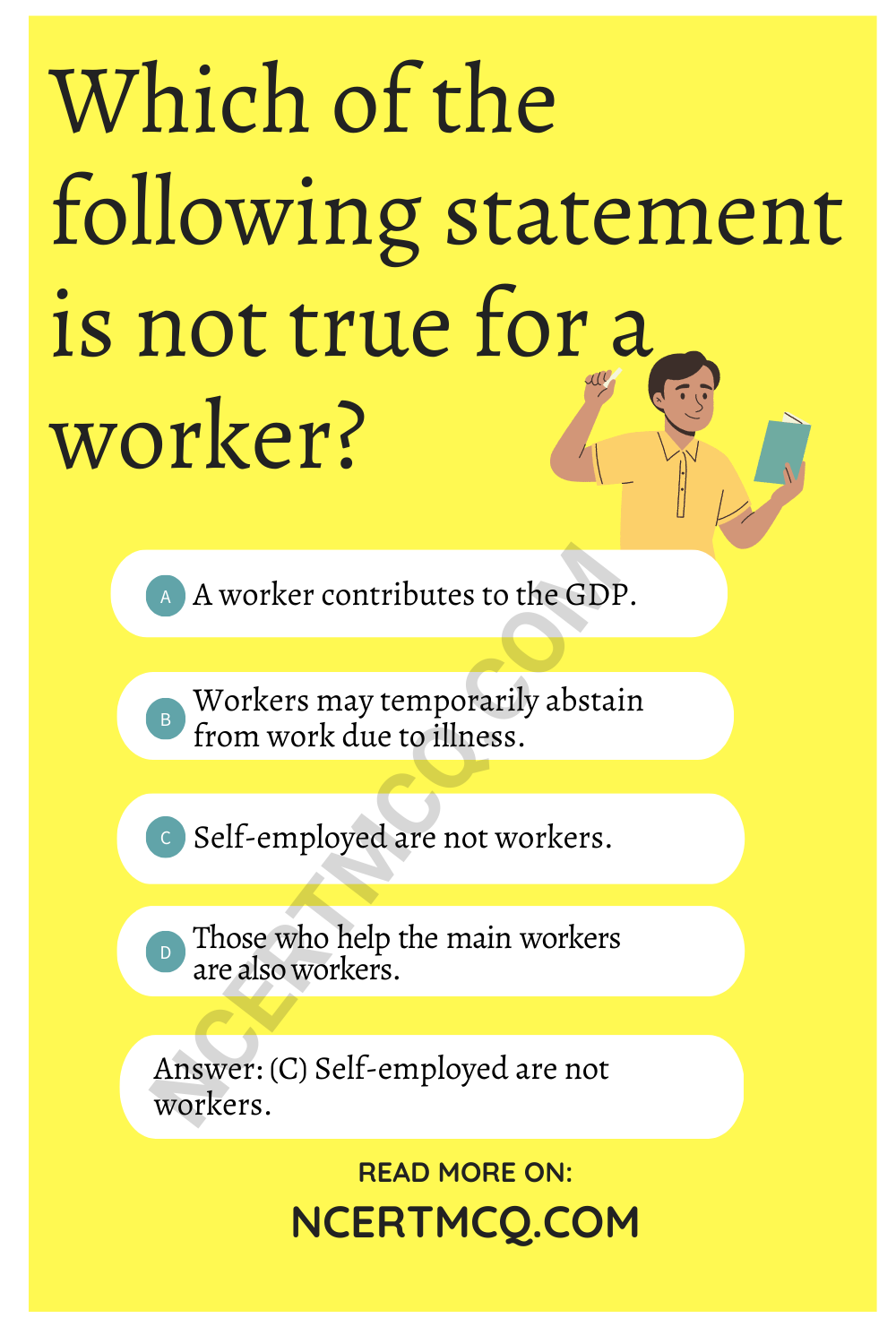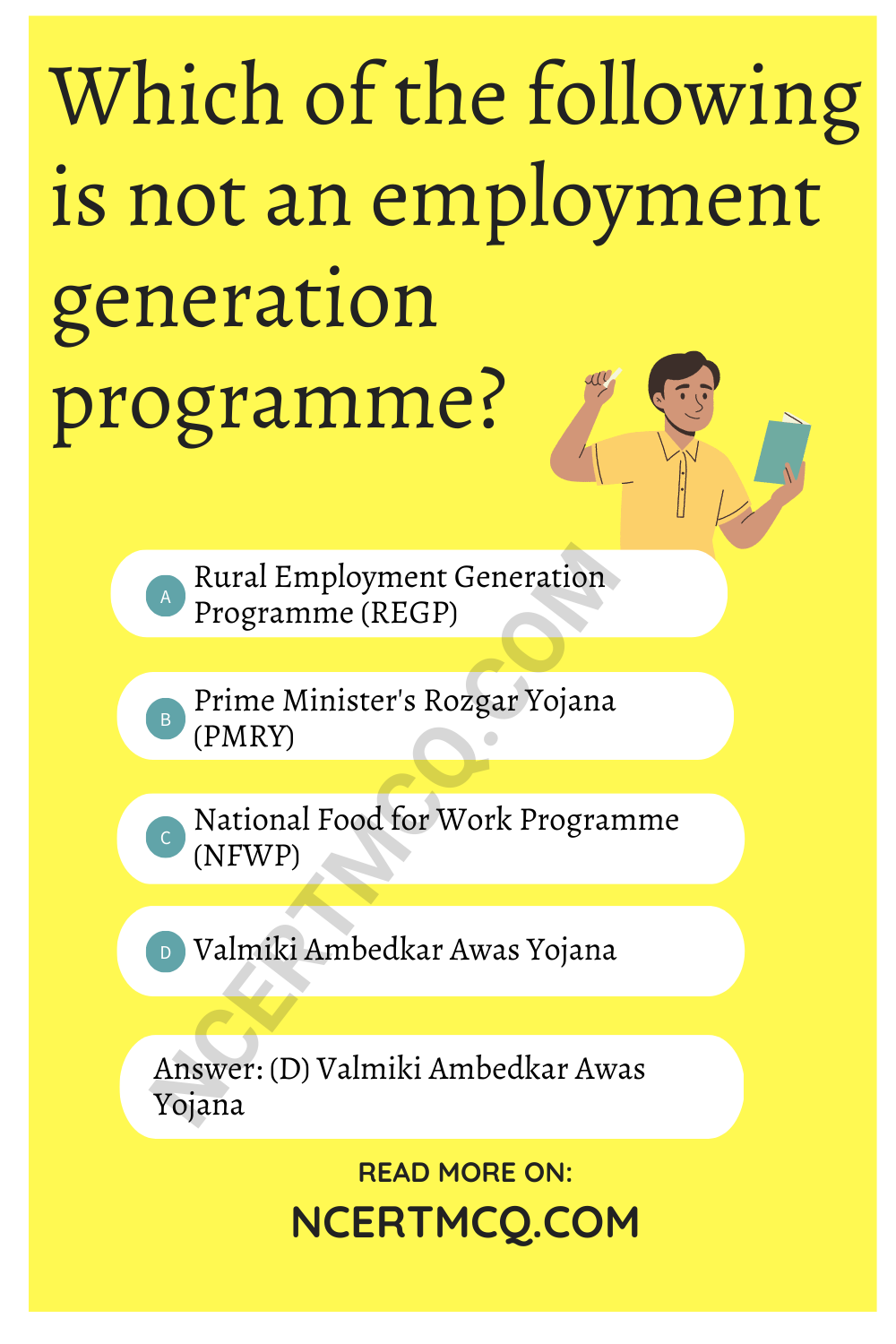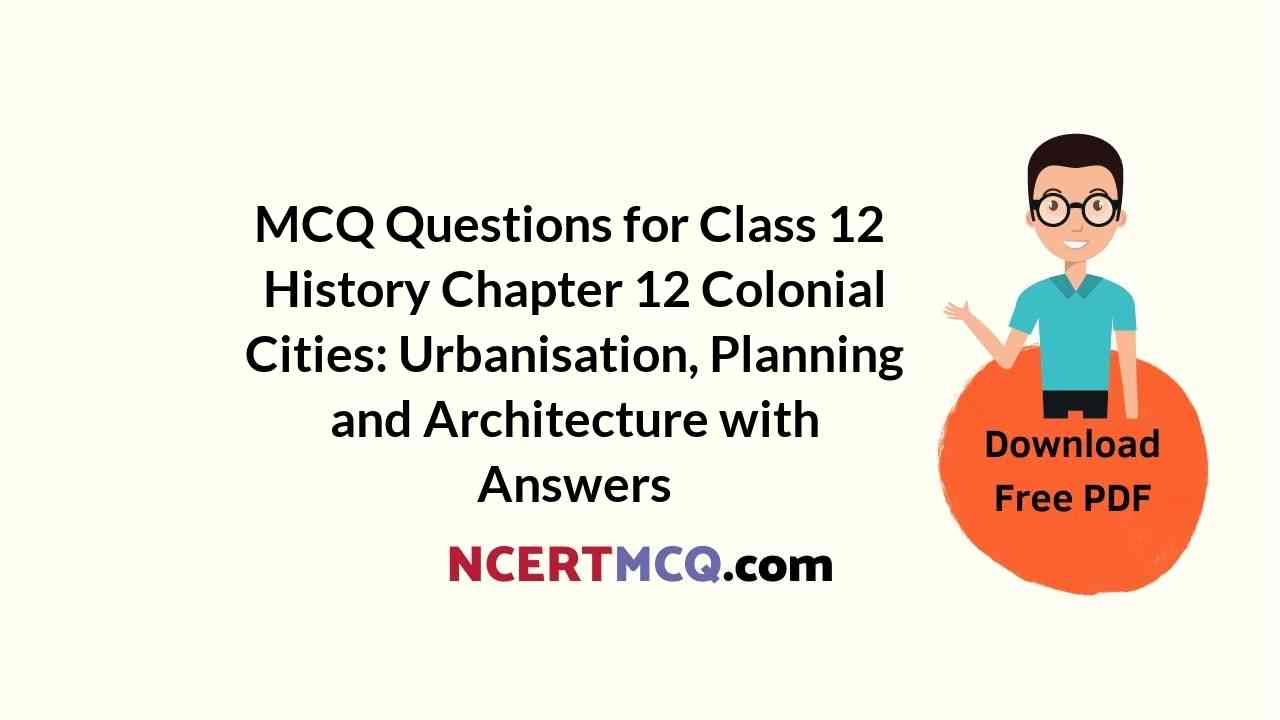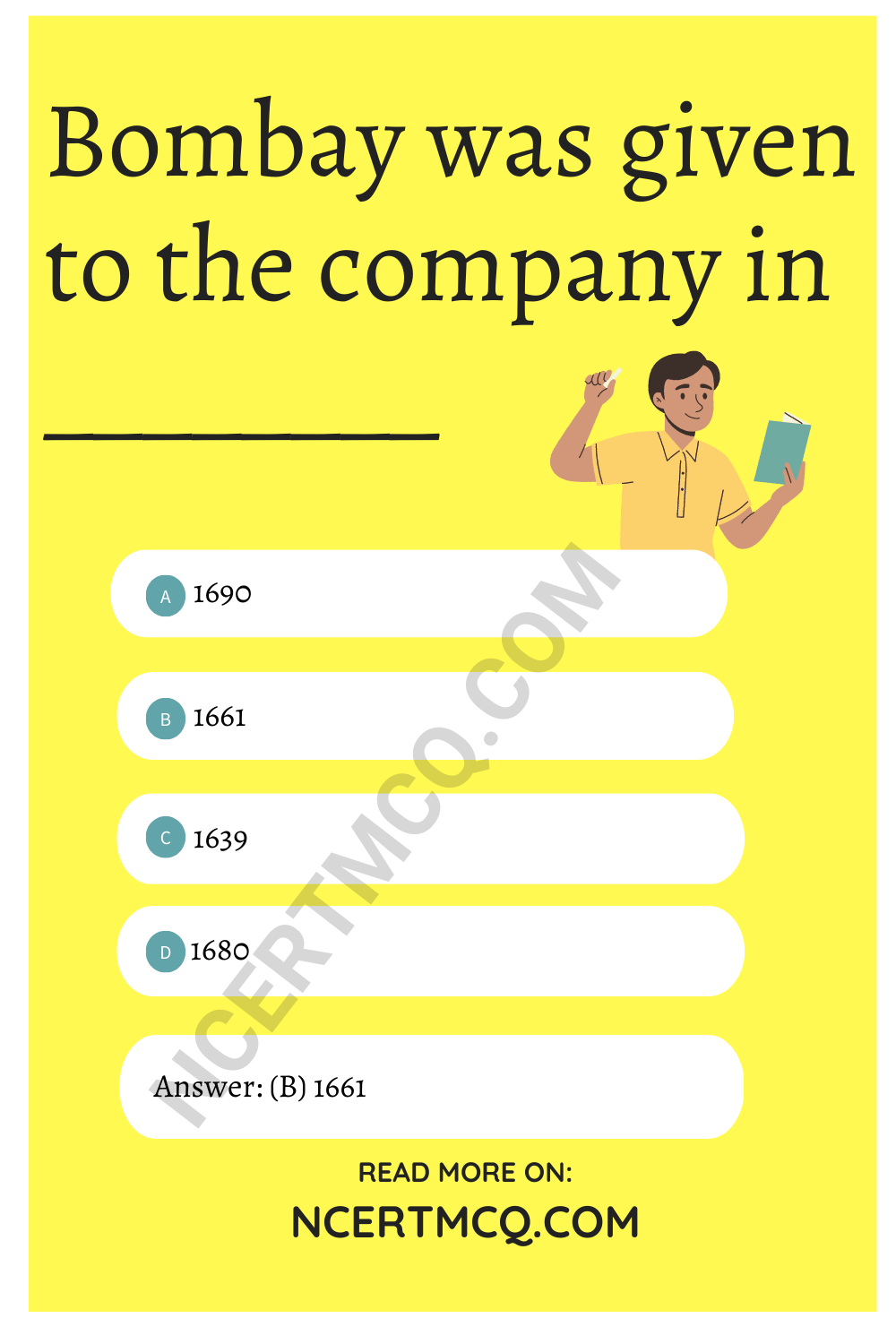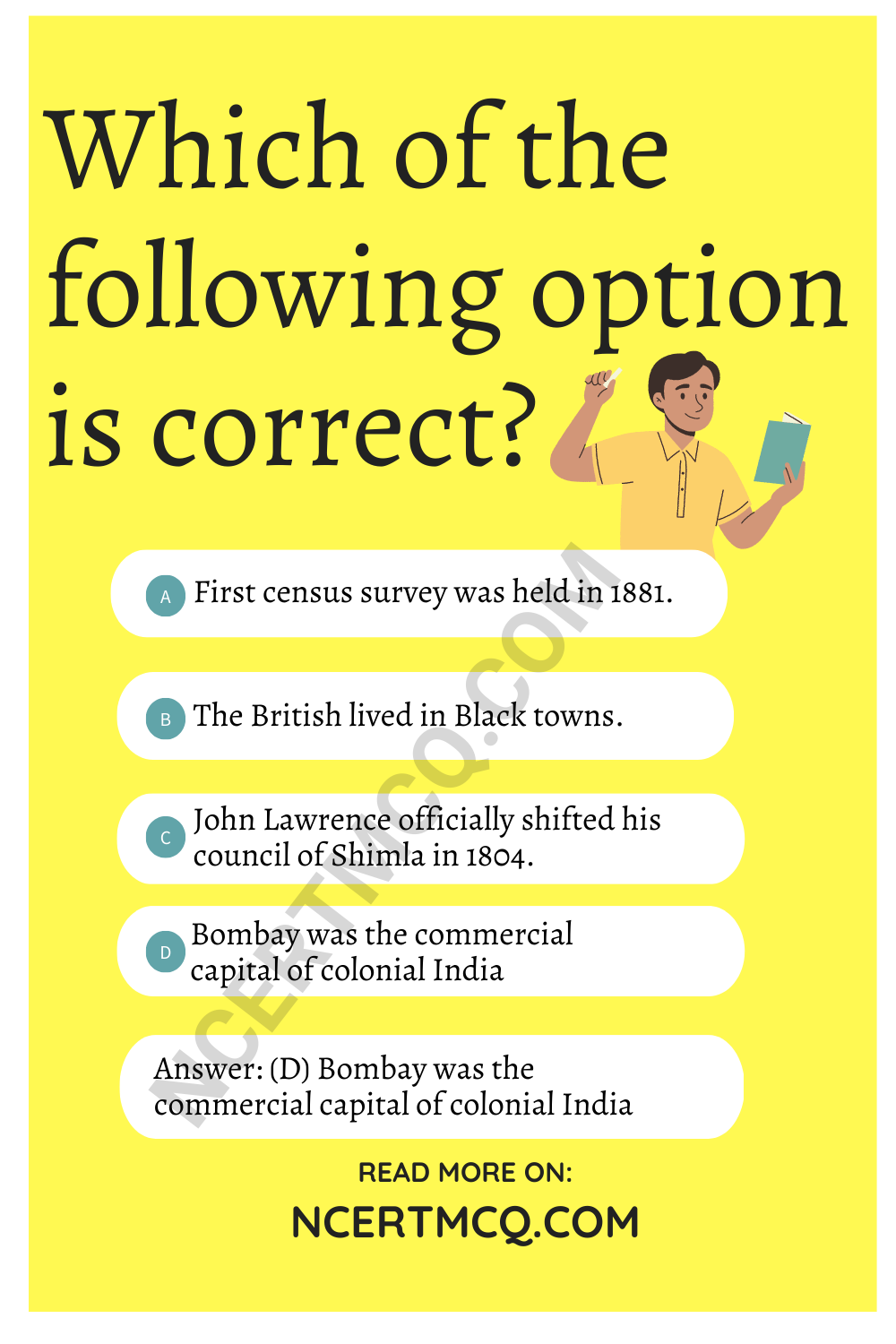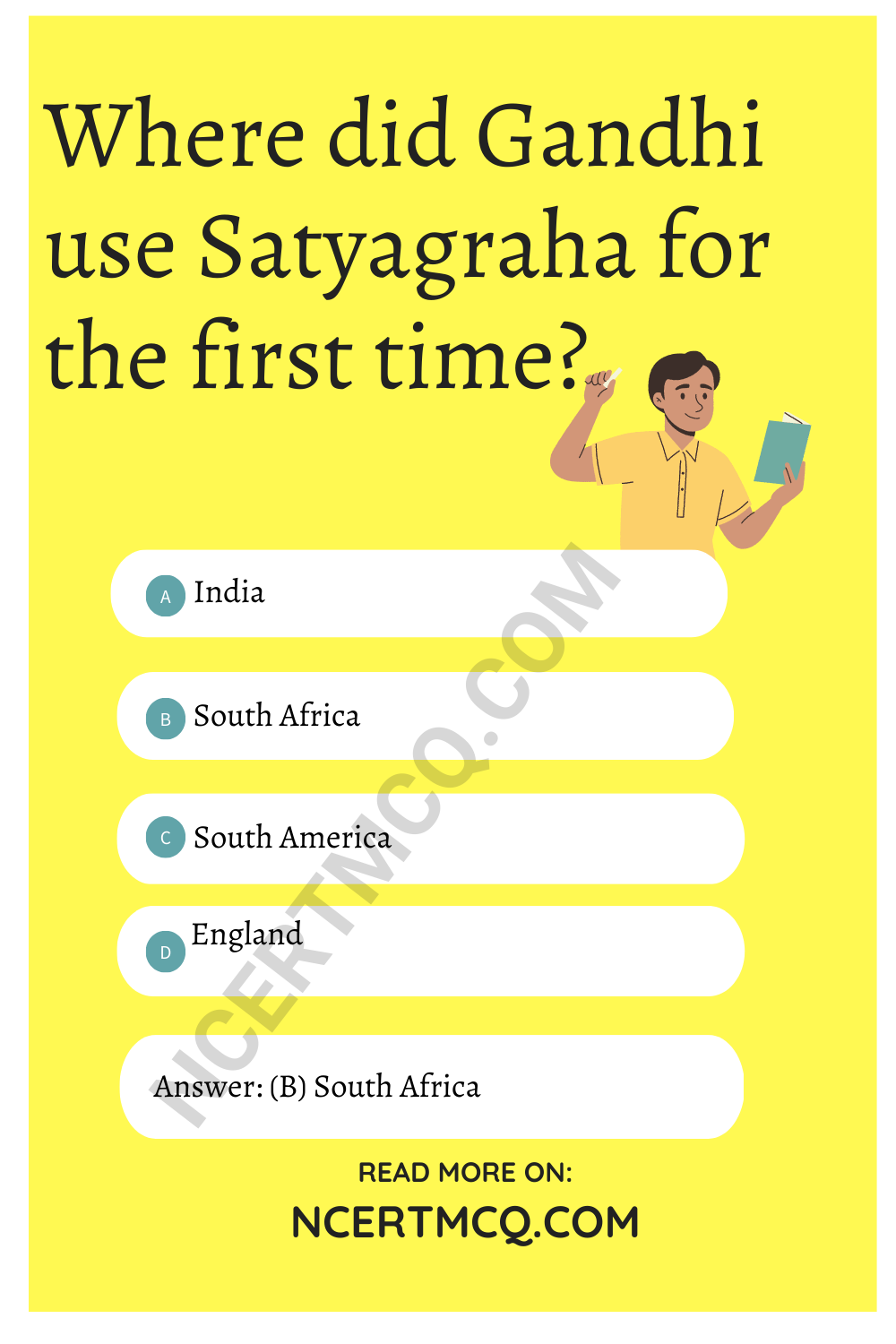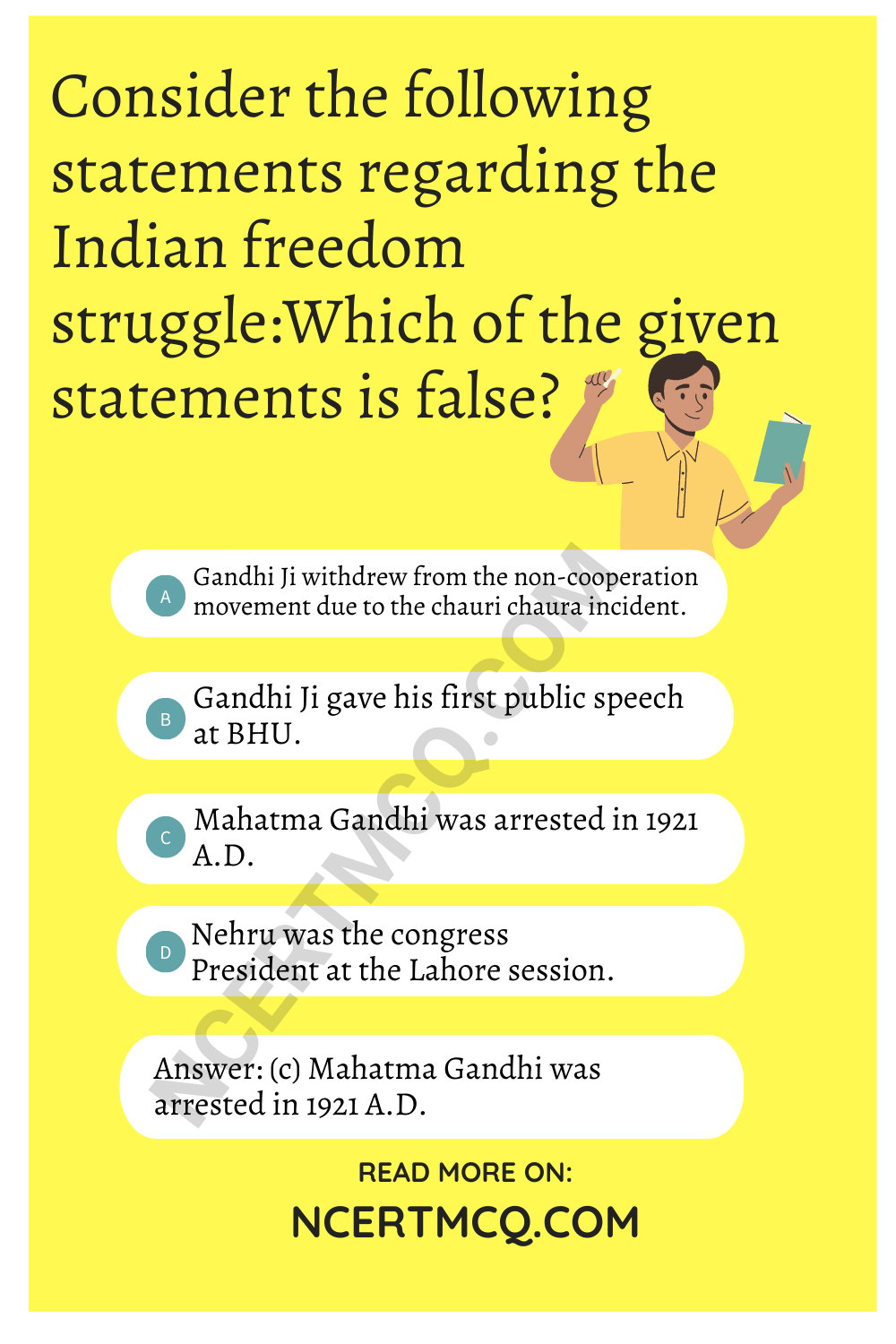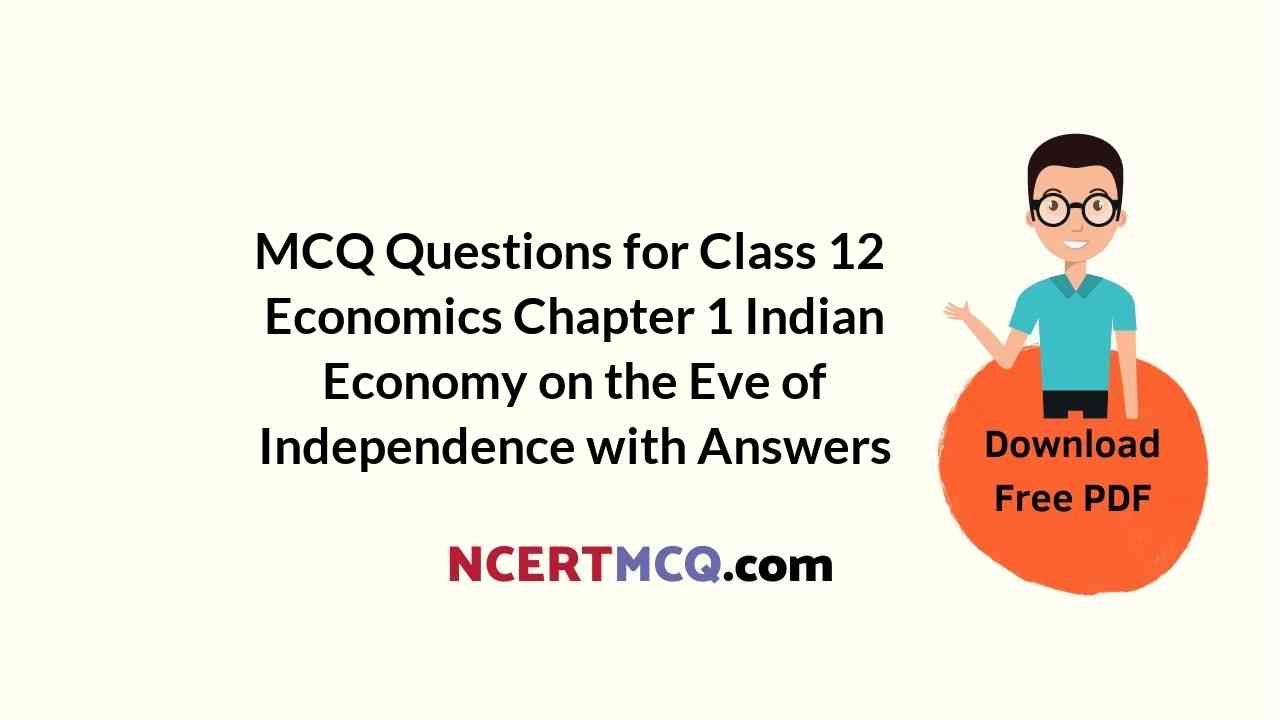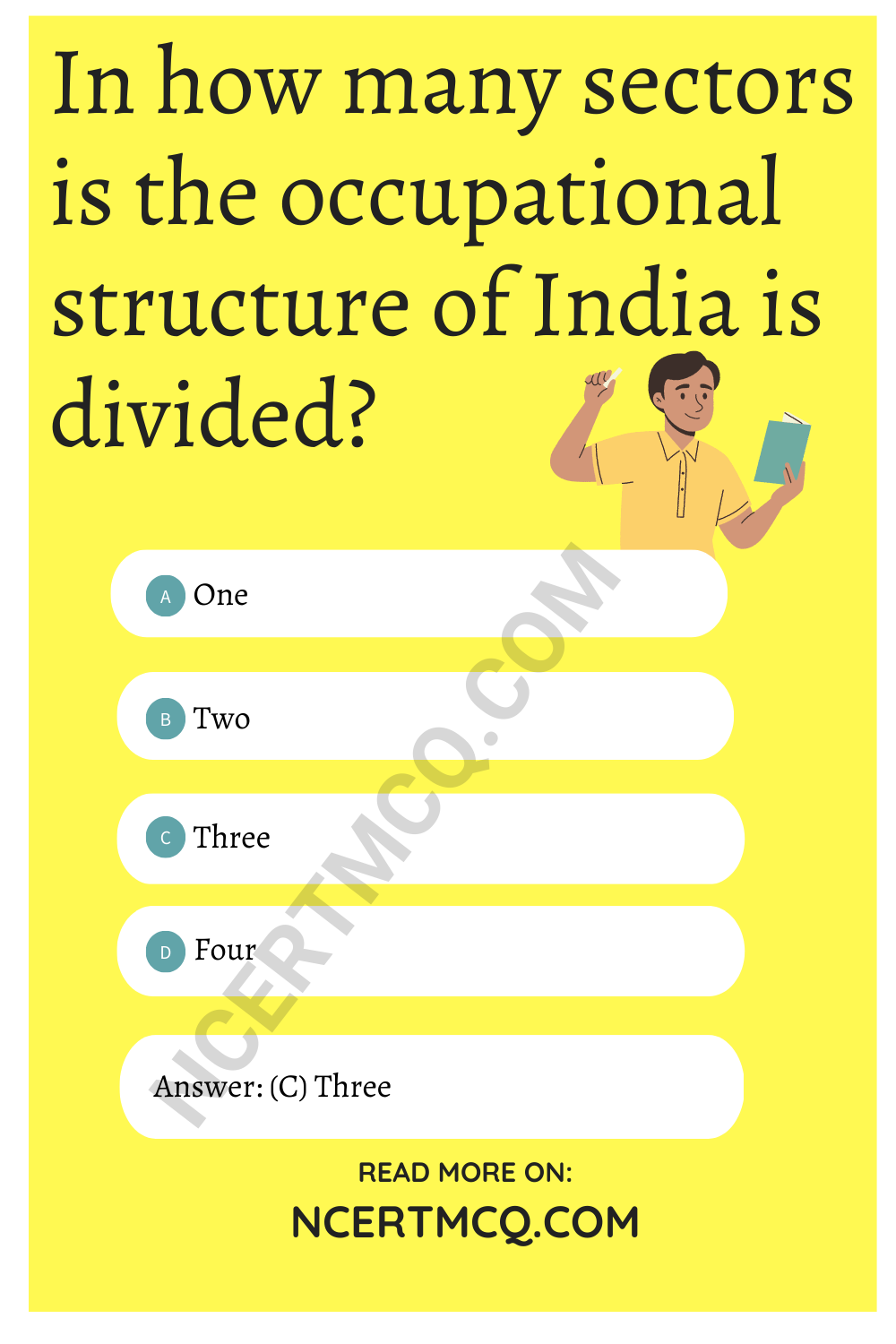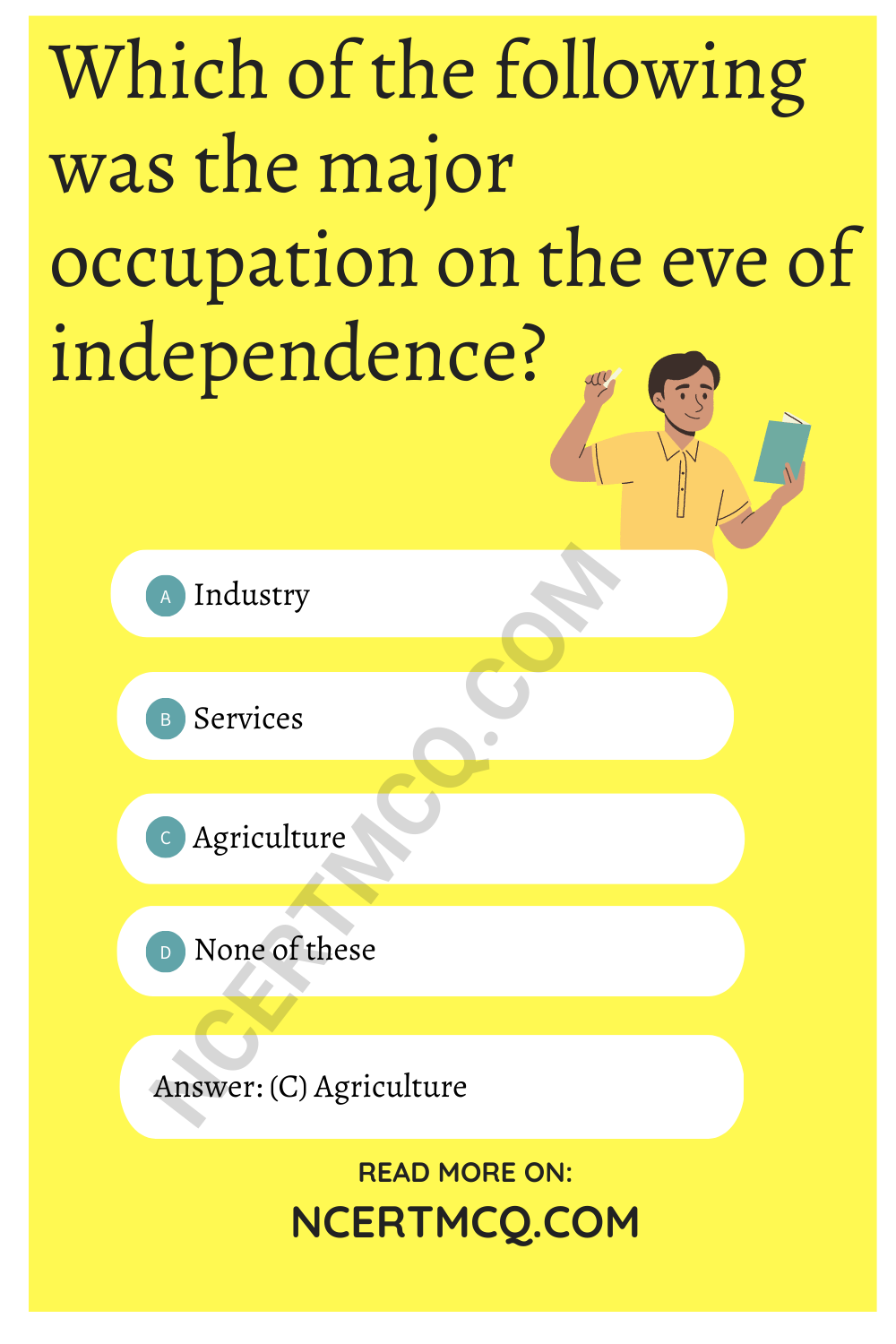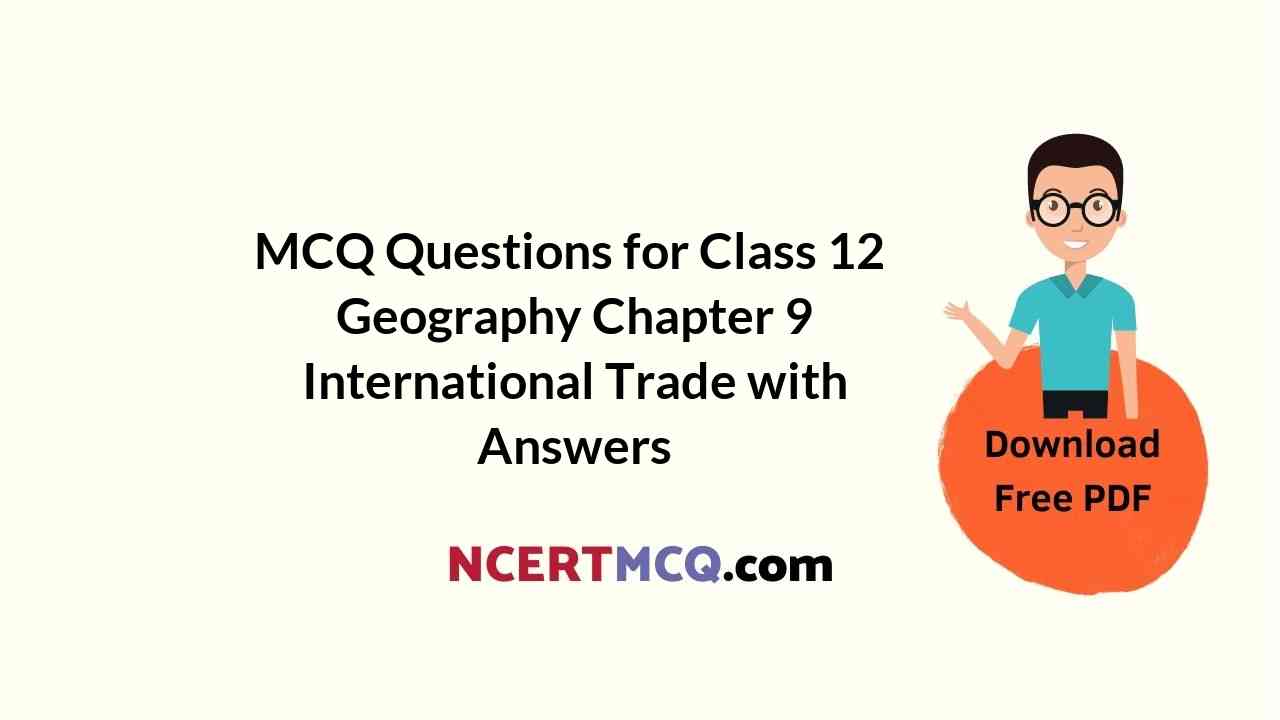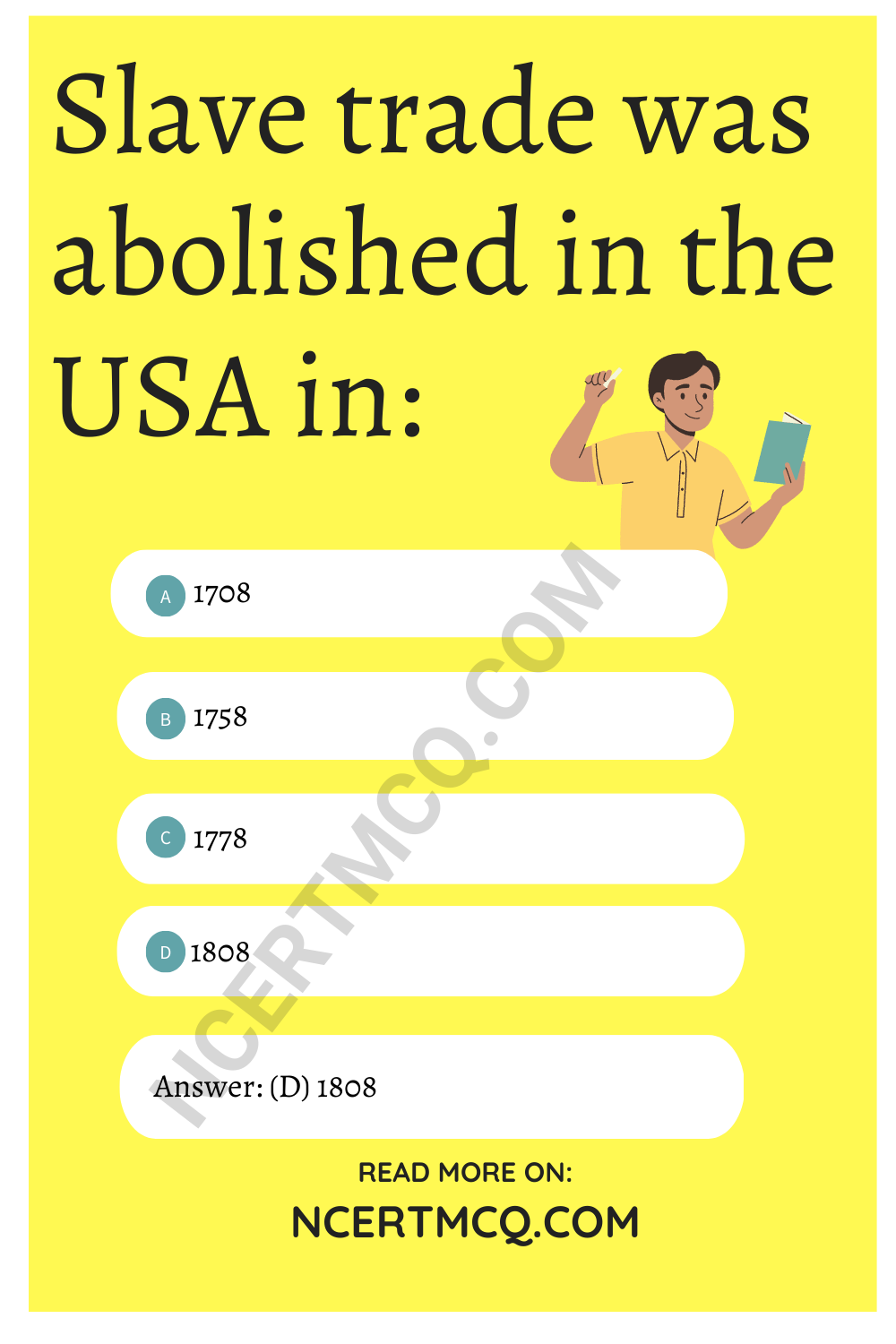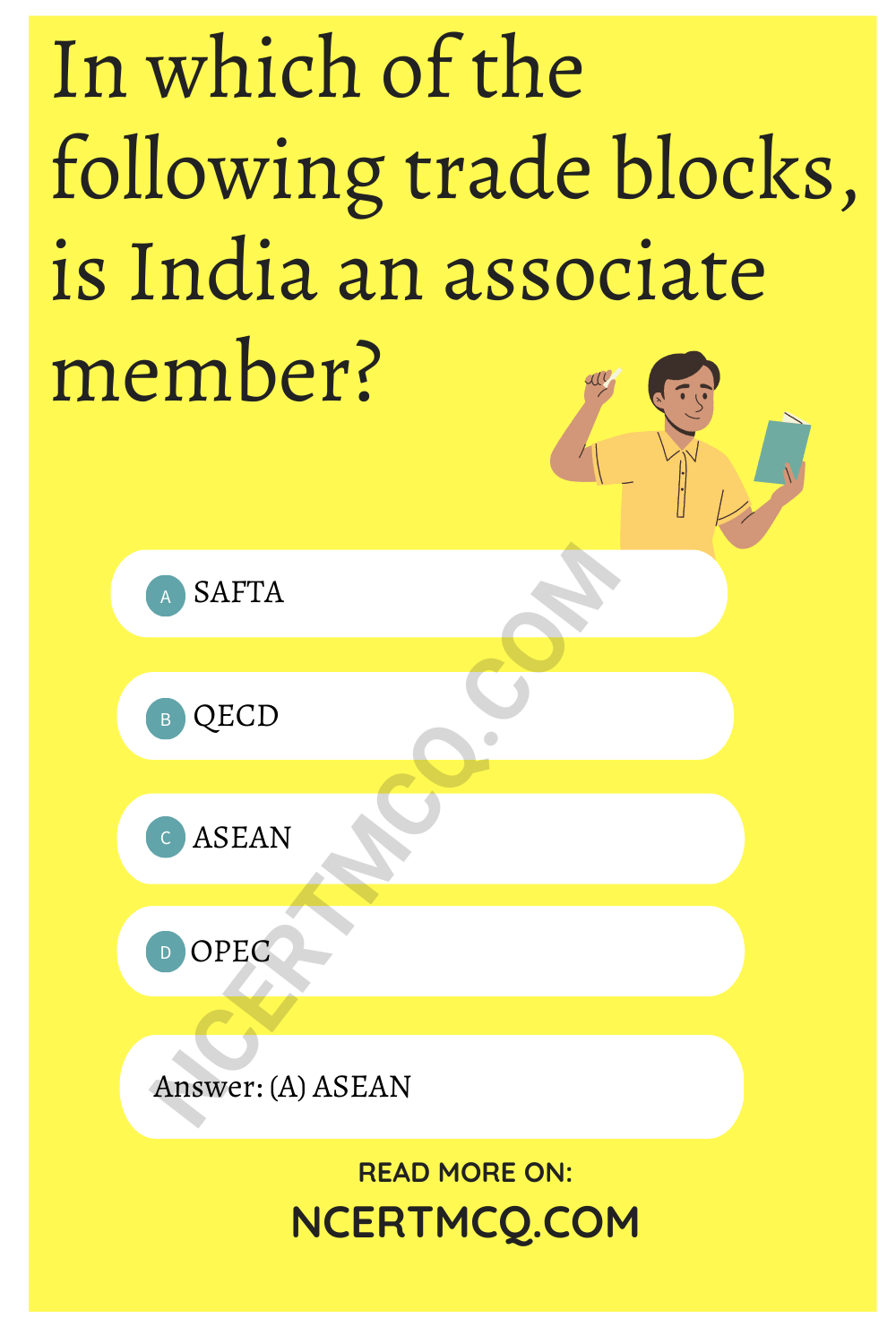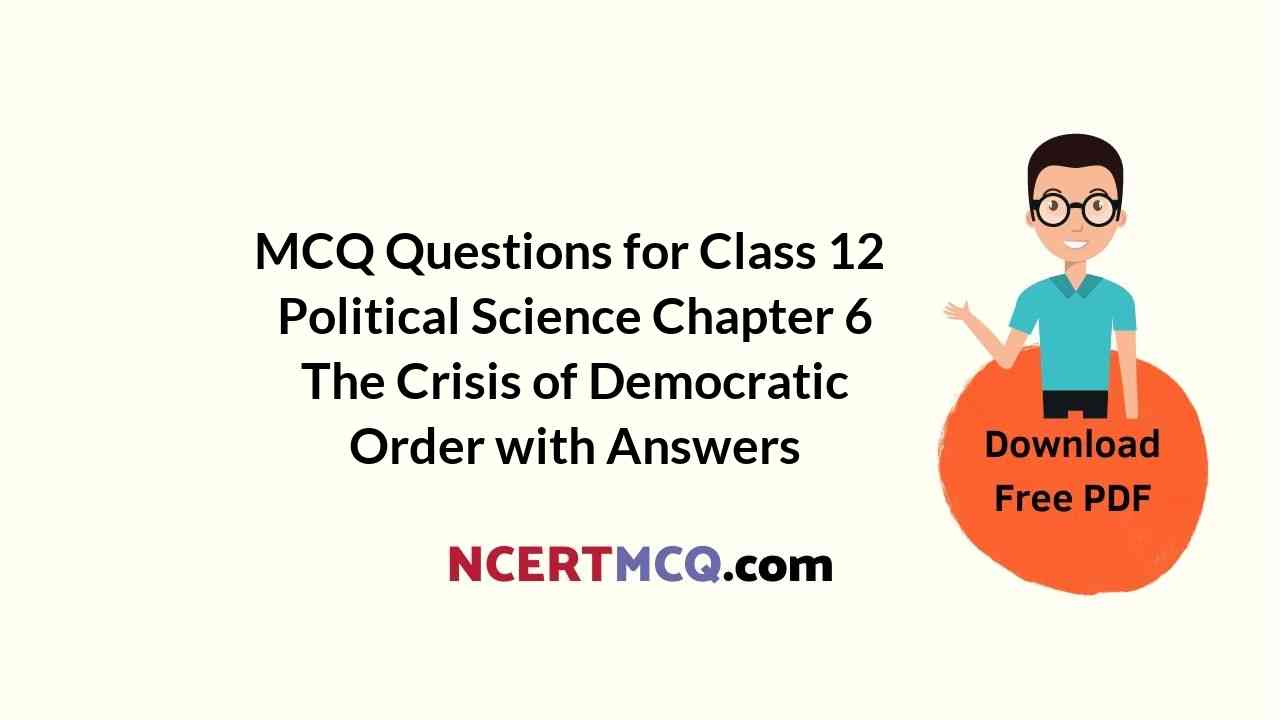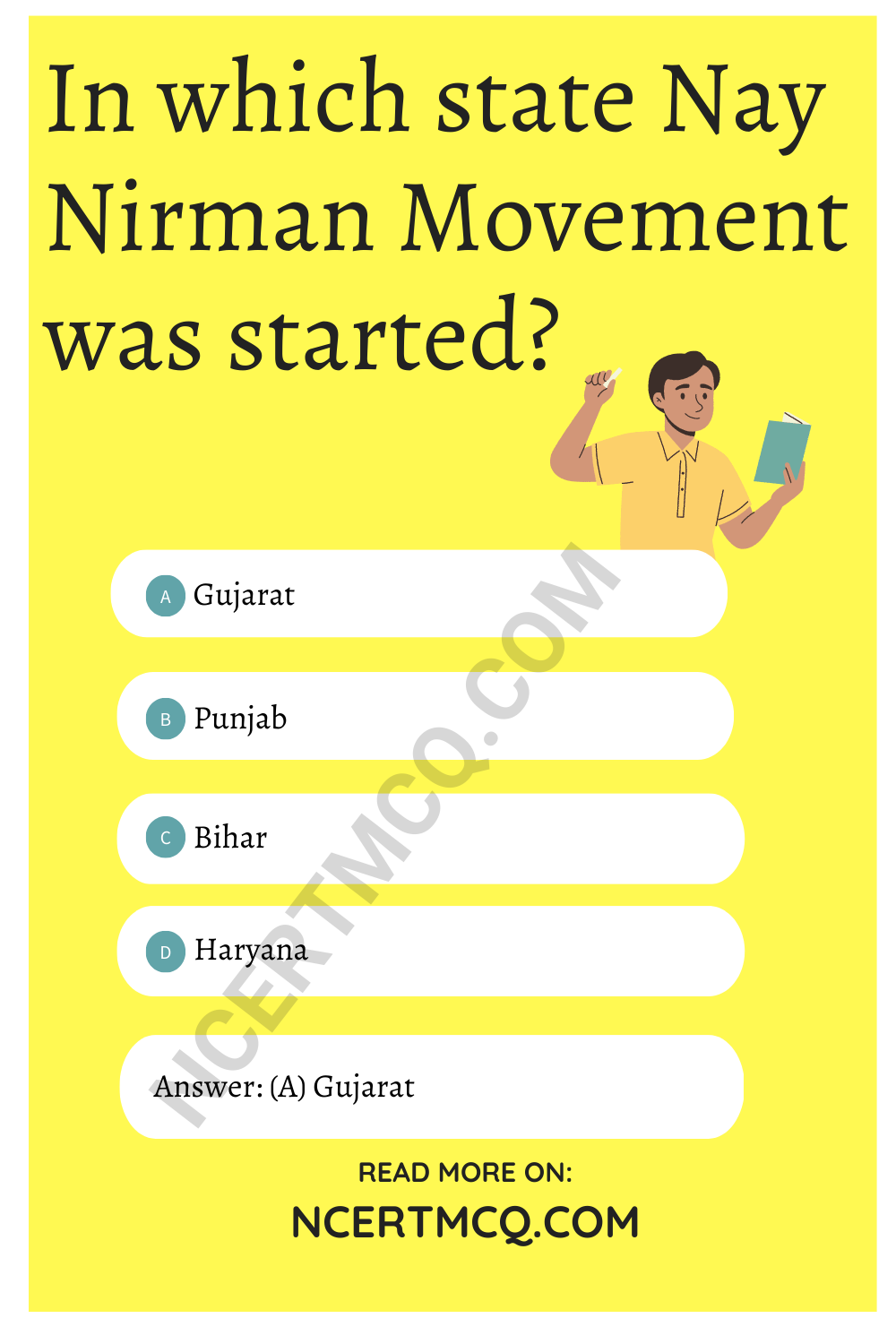Check the below NCERT MCQ Questions for Class 12 Geography Chapter 2 Migration: Types, Causes and Consequences with Answers Pdf free download. MCQ Questions for Class 12 Geography with Answers were prepared based on the latest exam pattern. We have provided Migration: Types, Causes and Consequences Class 12 Geography MCQs Questions with Answers to help students understand the concept very well.
Class 12 Geography Chapter 2 Migration: Types, Causes and Consequences MCQ With Answers
Geography Class 12 Chapter 2 MCQs On Migration: Types, Causes and Consequences
Migration Class 12 MCQ Question 1.
Who wrote these lines:
“SAR ZAMIN-E-HIND PAR AQWAM-EALAM KE
CARVAN BASTE GAYE, HINDOSTAN BANTA GAYA.”
(A) Faiz
(B) Gorakhpuri
(C) Josh
(D) Akbar
Answer
Answer: (B) Gorakhpuri
Migration Types Causes And Consequences MCQ Question 2.
What work was done by Indian Migrants in West Indies?
(A) Mining
(B) Industries
(C) Plantation farming
(D) Horticulture
Answer
Answer: (C) Plantation farming

Migration MCQ Class 12 Question 3.
What was the reason for migration from India to Middle-East?
(A) Agriculture
(B) Mining
(C) Increase in oil
(D) Favourable climate
Answer
Answer: (C) Increase in oil
Migration Types Causes And Consequences Class 12 MCQ Question 4.
The migrants in India (2001 census) are:
(A) 10.7 crores
(B) 15.7 crores
(C) 20.7 crome
(D) 30.7 crores
Answer
Answer: (D) 30.7 crores
MCQ Questions For Class 12 Geography Chapter 2 Migration Question 5.
In which stream, female migration is highest?
(A) Rural to Rural
(B) Rural to Urban
(C) Urban to Urban
(D) Urban to Rural
Answer
Answer: (A) Rural to Rural
MCQ Of Migration Class 12 Question 6.
From which neighbouring countries, maximum migrants come to India?
(A) Pakistan
(B) Bangladesh
(C) Nepal
(D) Sri Lanka
Answer
Answer: (B) Bangladesh
Class 12 Geography Chapter 2 Migration MCQ Questions Question 7.
How many emigrants belong to Utter Pradesh?
(A) 16 lakh
(B) 20 lakh
(C) 23 lakh
(D) 26 lakh
Answer
Answer: (D) 26 lakh
Migration Chapter Class 12 Geography MCQ Question 8.
Which is not a Push factor?
(A) Poverty
(B) Pressure of Population
(C) Entertainment
(D) Disaster
Answer
Answer: (C) Entertainment
Class 12 Geography Migration MCQ Question 9.
How many percent do women migrate after marriage?
(A) 45
(B) 50
(C) 55
(D) 65
Answer
Answer: (D) 65
Class 12 Migration MCQ Question 10.
How many remittances, does India receive from international migrants?
(A) 7 Billion Dollars
(B) 8 Billion Dollars
(C) 10 Billion Dollars
(D) 11 Billion Dollars
Answer
Answer: (D) 11 Billion Dollars
Class 12 Geography Chapter Migration MCQ Questions Question 11.
Which one of the following is the main reason for male migration in India?
(A) Education
(B) Business
(C) Work and Employment
(D) Marriage
Answer
Answer: (C) Work and Employment
Class 12 Geography Chapter 2 Migration MCQ Question 12.
Which one of the following states receives a maximum number of immigrants?
(A) Uttar Pradesh
(B) Delhi
(C) Maharashtra
(D) Bihar
Answer
Answer: (A) Uttar Pradesh
Migration Class 12 Geography MCQ Question 13.
Which one of the following streams are dominated by male migrants in India?
(A) Rural-rural
(B) Urban-rural
(C) Rural-urban
(D) Urban-urban
Answer
Answer: (C) Rural-urban
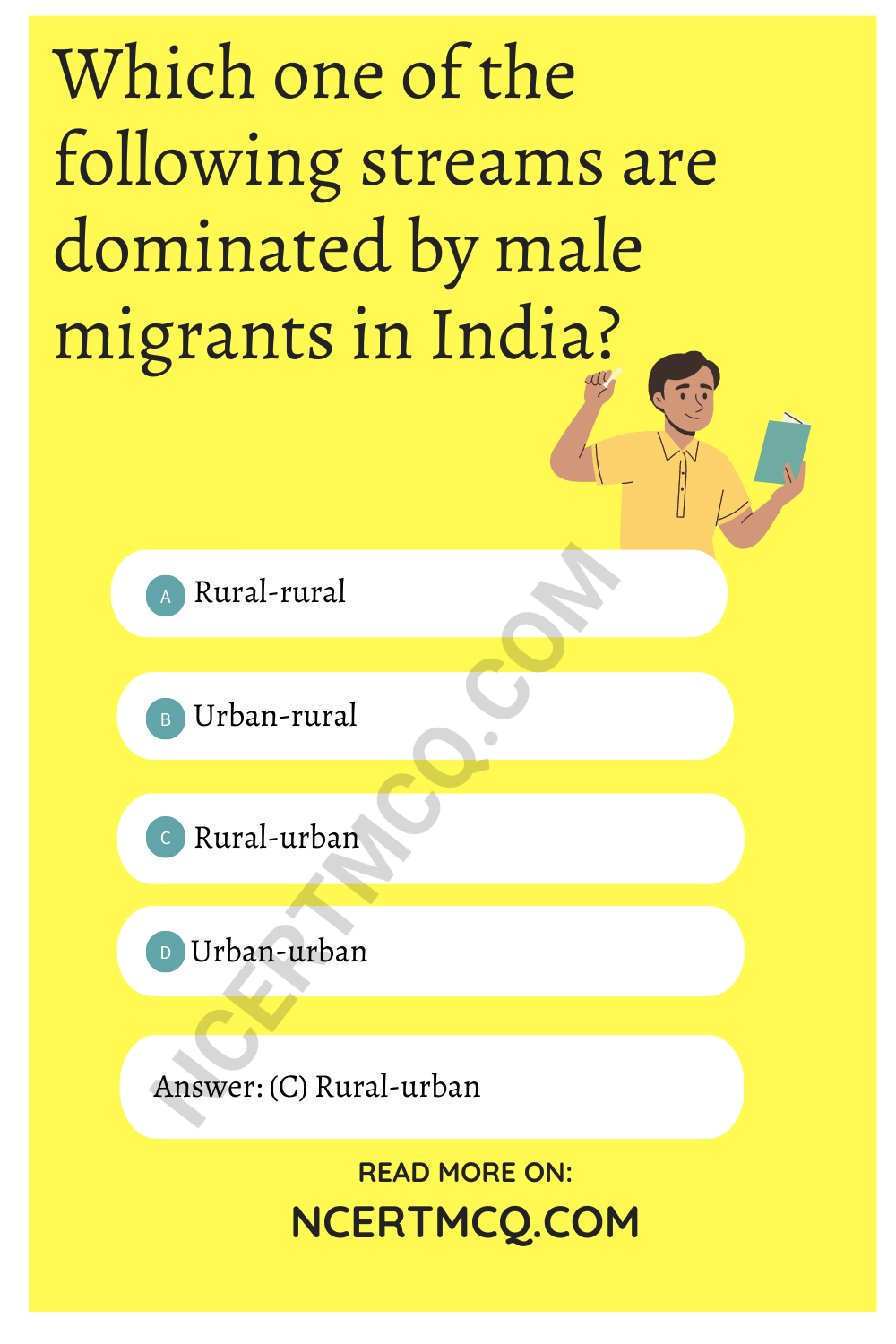
Ch 2 Migration Class 12 MCQ Questions Question 14.
Which one of the following urban agglomeration has the highest share in migrant population?
(A) Mumbai UA
(B) Delhi UA
(C) Bengaluru UA
(D) Chennai Uk
Answer
Answer: (A) Mumbai UA
We hope the given NCERT MCQ Questions for Class 12 Geography Chapter 2 Migration: Types, Causes and Consequences with Answers Pdf free download will help you. If you have any queries regarding CBSE Class 12 Geography Migration: Types, Causes and Consequences MCQs Multiple Choice Questions with Answers, drop a comment below and we will get back to you soon.
Class 12 Geography With Answers MCQ:
- Population: Distribution, Density, Growth and Composition Class 12 MCQ
- Migration: Types, Causes and Consequences Class 12 MCQ
- Human Development Class 12 MCQ
- Human Settlements Class 12 MCQ
- Land Resources and Agriculture Class 12 MCQ
- Water Resources Class 12 MCQ
- Mineral and Energy Resources Class 12 MCQ
- Manufacturing Industries Class 12 MCQ
- Planning and Sustainable Development in Indian Context Class 12 MCQ
- Transport and Communication Class 12 MCQ
- International Trade Class 12 MCQ
- Geographical Perspective on Selected Issues and Problems Class 12 MCQ
